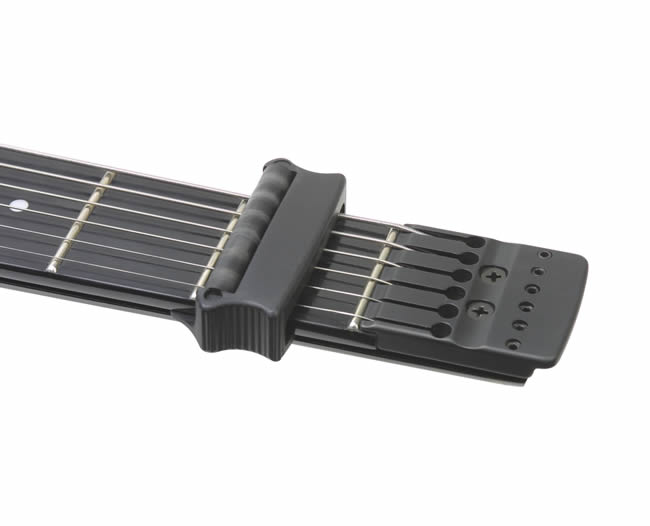A-Branger
Well-Known Member
sooooooo thats it?..... you can chug an open A power chord and thats it?, because any fretted chord with a lowA could be done on a A standard guitar
or is there any other open chord that couldnt be done on a standard guitar in another way?..........I guess you could add a low A to an Am open chord too, but its not really necessary or that unique, at least not to justify a custom build like this
so spending that time and money for a custom with extra frets just so you could chug a power chord seems bit far too excessive imo..... if its your thing well cool then
all this assuming its only one string the one who has the extra frets, if there is two strings then you cant play any open chords anymore as it is still tunned in 4ths so you still need to fret stuff......
EDIT: I mean I kinda get it now maybe you want a "traditional E standard guitar", so you can do your open E/A/C/D/G acoustic chords, but being able to have a low A or low EA for riffing........well I think I found the reason and the why of these instruments.... I repplied my own question now hahahah

or is there any other open chord that couldnt be done on a standard guitar in another way?..........I guess you could add a low A to an Am open chord too, but its not really necessary or that unique, at least not to justify a custom build like this
so spending that time and money for a custom with extra frets just so you could chug a power chord seems bit far too excessive imo..... if its your thing well cool then
all this assuming its only one string the one who has the extra frets, if there is two strings then you cant play any open chords anymore as it is still tunned in 4ths so you still need to fret stuff......
EDIT: I mean I kinda get it now maybe you want a "traditional E standard guitar", so you can do your open E/A/C/D/G acoustic chords, but being able to have a low A or low EA for riffing........well I think I found the reason and the why of these instruments.... I repplied my own question now hahahah
Last edited:




